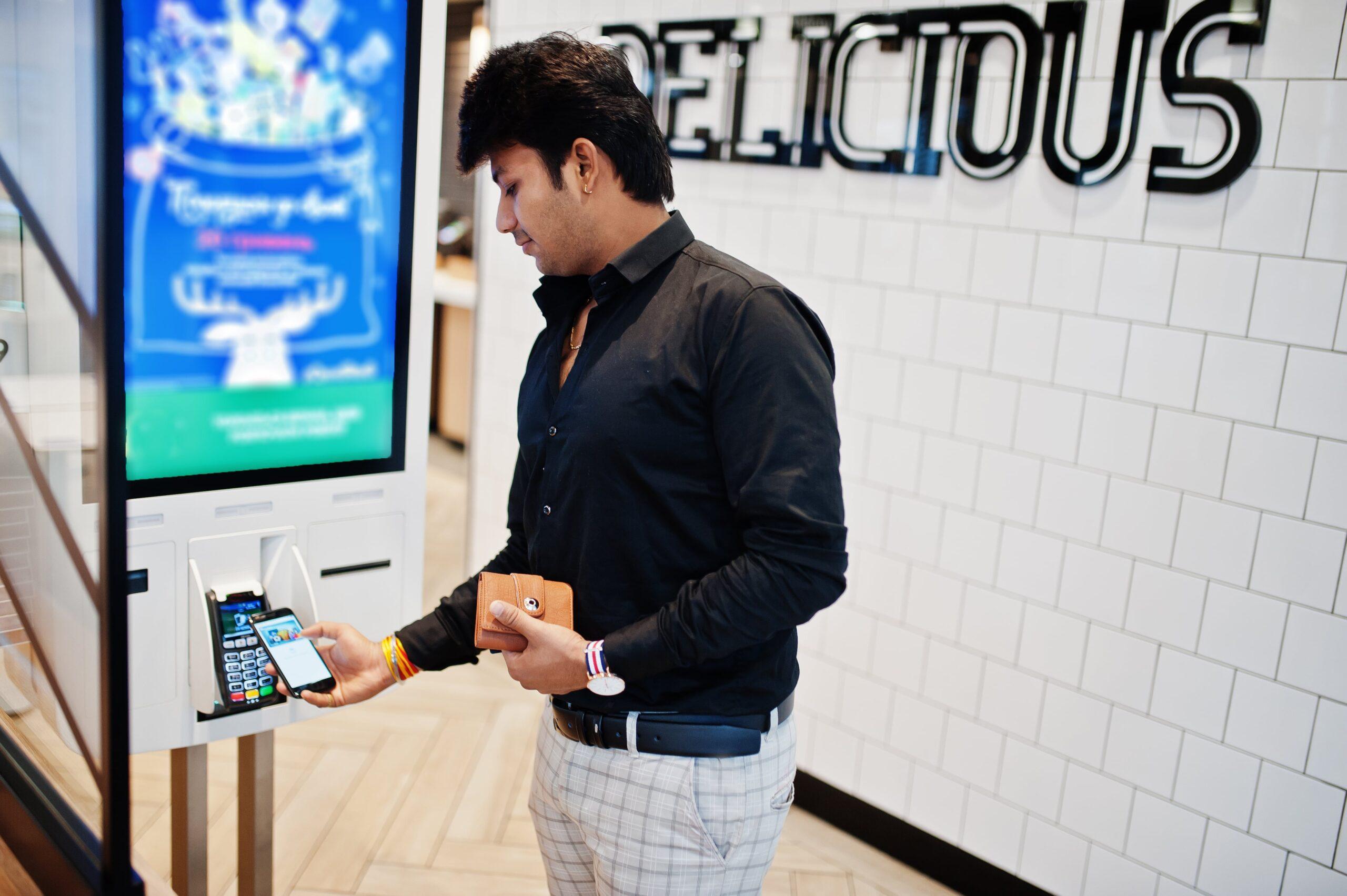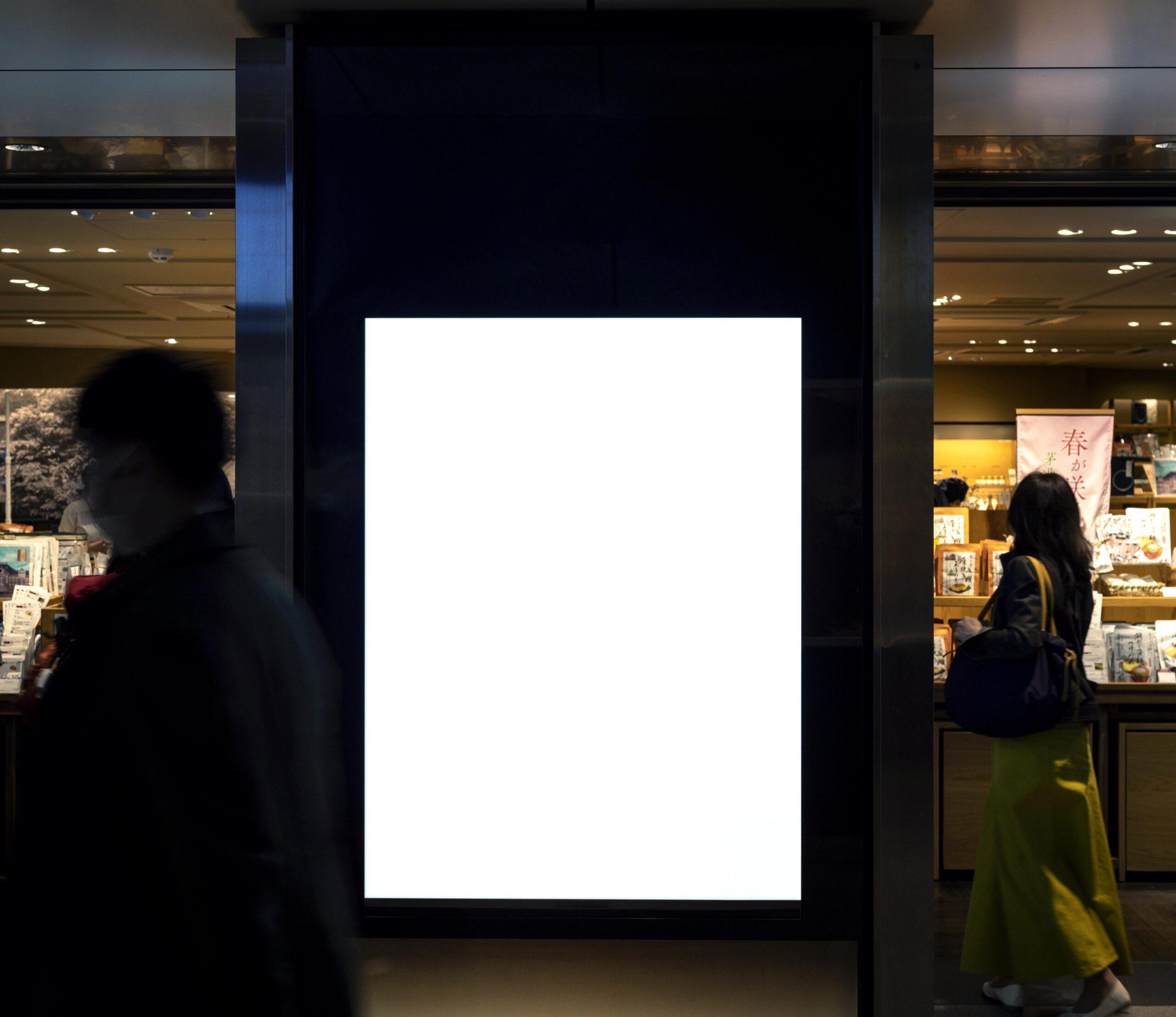
Digitos DM
- Digitos DM
- July 29, 2024
- 10 months ago
The landscape of large-scale events in India is undergoing a transformative shift, driven by technological advancements and changing audience expectations. One of the most significant innovations in this space is the widespread adoption of LED walls. These dynamic, high-resolution displays are revolutionizing the way events are organized and experienced, offering unparalleled visual impact and versatility. This blog explores how LED walls are shaping the future of large-scale events in India, their benefits, and examples of their successful implementations.
What are LED Walls?
LED walls are large, high-resolution screens composed of light-emitting diodes (LEDs) that can display vibrant images, videos, and animations. These walls can be customized in size and shape to fit various venues and purposes, from concerts and sports events to corporate conferences and cultural festivals. Known for their bright, vivid colors and superior clarity, LED walls have become an essential element in creating immersive and memorable event experiences.
The Evolution of Large-Scale Events in India
India has a rich tradition of large-scale events, ranging from grand weddings and religious festivals to music concerts and sports tournaments. Historically, these events relied heavily on traditional stage setups, static backdrops, and conventional lighting. However, with the advent of digital technology and the increasing demand for high-quality visual experiences, the event industry is rapidly evolving. LED walls are at the forefront of this transformation, offering innovative solutions that enhance audience engagement and deliver stunning visual performances.
Benefits of LED Walls in Large-Scale Events
1. Unmatched Visual Impact
One of the most significant advantages of LED walls is their ability to create a powerful visual impact. Their bright, vivid displays ensure that content is visible even in bright daylight and from long distances. This makes them ideal for large venues and outdoor events where visibility can be a challenge.
- High Resolution: LED walls offer superior resolution, ensuring sharp and clear images that captivate the audience.
- Brightness and Contrast: With high brightness levels and excellent contrast ratios, LED walls provide exceptional visibility in various lighting conditions.
2. Dynamic Content Delivery
LED walls enable event organizers to display dynamic content, including videos, animations, and real-time updates. This flexibility allows for creative and engaging presentations that can be tailored to different segments of the event.
- Versatile Content: From promotional videos and live feeds to interactive graphics and social media integration, LED walls can display a wide range of content.
- Real-Time Updates: Event organizers can update content in real-time, ensuring that the audience receives the latest information and announcements.
3. Enhanced Audience Engagement
LED walls significantly enhance audience engagement by providing immersive visual experiences. The use of motion graphics, interactive elements, and high-quality visuals keeps the audience captivated and involved throughout the event.
- Interactive Features: Some LED walls support touch and gesture interactions, allowing the audience to interact with the display and participate in activities.
- Immersive Experience: Large-scale visuals create an immersive environment, enhancing the overall impact of the event.
4. Flexibility and Customization
LED walls offer unparalleled flexibility and customization options, allowing event organizers to create unique and visually stunning setups. They can be configured in various shapes and sizes to fit the specific requirements of the venue and the event theme.
- Modular Design: LED walls are composed of modular panels that can be assembled in different configurations, enabling creative and custom installations.
- Adaptability: They can be used in diverse settings, from intimate indoor venues to expansive outdoor arenas.
5. Cost-Effective and Eco-Friendly
While the initial investment in LED walls may be high, they are often more cost-effective in the long run compared to traditional setups. LED technology is energy-efficient, reducing operational costs. Additionally, LED walls eliminate the need for printed materials and frequent replacements, making them an eco-friendly option.
- Energy Efficiency: LED walls consume less power compared to conventional lighting systems, reducing energy costs.
- Sustainability: The use of digital displays minimizes the environmental impact associated with printing and material waste.
Applications of LED Walls in Large-Scale Events
1. Concerts and Music Festivals
LED walls have become a staple in concerts and music festivals, providing dynamic backdrops that enhance the performance and create a captivating visual experience. They are used for:
- Stage Backdrops: Large LED walls serve as stage backdrops, displaying visuals that complement the music and enhance the overall ambiance.
- Live Feeds: LED walls display live feeds of the performance, ensuring that all attendees, even those far from the stage, have a clear view.
2. Sports Events
Sports events benefit significantly from the use of LED walls, which provide real-time updates, replays, and interactive content. Key applications include:
- Scoreboards: LED walls function as digital scoreboards, displaying scores, statistics, and live updates.
- Fan Engagement: Interactive LED walls engage fans with real-time polls, social media integration, and audience participation activities.
3. Corporate Conferences and Trade Shows
In corporate conferences and trade shows, LED walls enhance presentations, showcase products, and create an engaging environment for attendees. Applications include:
- Presentations: LED walls provide a dynamic platform for presentations, displaying high-quality visuals and multimedia content.
- Exhibition Booths: Companies use LED walls in their booths to attract visitors and showcase products and services effectively.
4. Weddings and Social Events
LED walls are increasingly popular in weddings and social events, where they create visually stunning environments and enhance the overall experience. Key applications include:
- Decorative Backdrops: LED walls serve as decorative backdrops, displaying custom visuals, animations, and videos that match the event theme.
- Live Streaming: For large weddings, LED walls display live streams of the ceremony, ensuring that all guests have a clear view.
5. Cultural and Religious Festivals
In cultural and religious festivals, LED walls play a crucial role in enhancing the visual appeal and providing information to attendees. Applications include:
- Event Announcements: LED walls display schedules, announcements, and important information, ensuring effective communication with attendees.
- Visual Storytelling: They enhance cultural performances and rituals with visual storytelling, creating a memorable experience for the audience.
Success Stories of LED Walls in Indian Events
Sunburn Festival
Sunburn, one of India’s largest music festivals, has effectively utilized LED walls to create immersive and visually stunning experiences. The festival features massive LED backdrops and stage setups that enhance the performances of top DJs and artists, creating a captivating environment for attendees.
Indian Premier League (IPL)
The IPL, one of the most popular cricket leagues in the world, has integrated LED walls into its stadiums to enhance the spectator experience. These LED walls display live scores, replays, player statistics, and fan interactions, creating an engaging and interactive environment for cricket enthusiasts.
Lakmé Fashion Week
Lakmé Fashion Week, a premier fashion event in India, uses LED walls to create dynamic and visually appealing runway backdrops. These walls display high-resolution visuals, animations, and brand messages, enhancing the overall presentation of the fashion shows.
Future Trends in LED Walls for Large-Scale Events
As technology continues to advance, the capabilities and applications of LED walls in large-scale events are expected to expand. Here are some future trends to watch out for:
1. Integration with Augmented Reality (AR) and Virtual Reality (VR)
AR and VR technologies will enhance the functionality of LED walls by creating immersive and interactive experiences. For example, AR can overlay digital content onto the physical environment, while VR can provide virtual tours and simulations, enhancing audience engagement.
2. AI-Powered Content Management
Artificial intelligence (AI) will optimize content delivery on LED walls based on real-time data and audience insights. AI algorithms can analyze factors such as audience demographics, behavior, and preferences to deliver personalized and targeted content.
3. Interactive and Touch-Enabled LED Walls
The integration of touch and gesture recognition technologies will create new opportunities for audience interaction. Interactive LED walls will allow attendees to interact with the display, access information, participate in activities, and provide feedback.
4. Eco-Friendly Innovations
Advancements in LED technology will continue to focus on sustainability and energy efficiency. The development of low-power LEDs and the use of renewable energy sources, such as solar panels, will further reduce the environmental impact of LED wall installations.
Final Words
LED walls are revolutionizing large-scale events in India, offering unmatched visual impact, dynamic content delivery, and enhanced audience engagement. Their versatility and flexibility make them suitable for a wide range of applications, from concerts and sports events to corporate conferences and social gatherings. As technology continues to evolve, the potential of LED walls in transforming the event industry will only grow, creating new opportunities for creativity and innovation. For event organizers looking to create memorable and impactful experiences, LED walls represent the future of large-scale events in India.
























